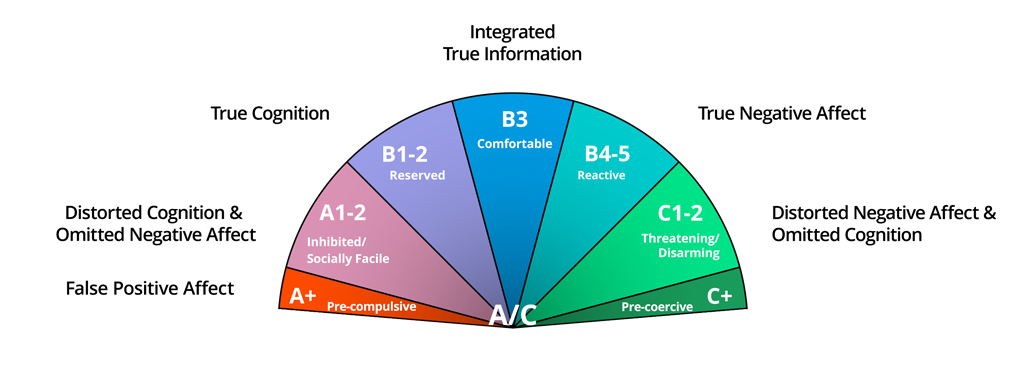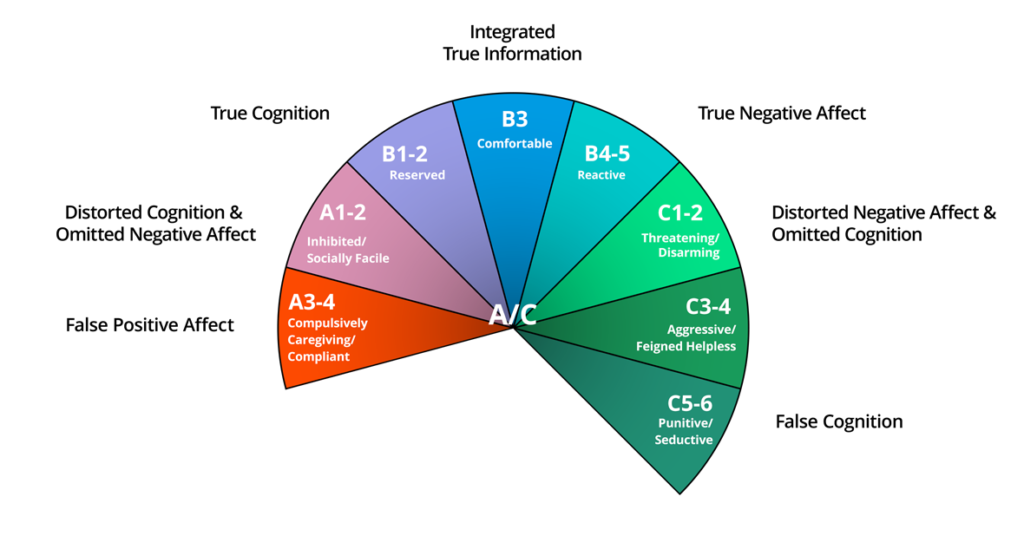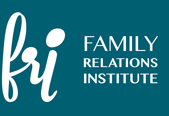DMM Model
Overview
The Dynamic-Maturational Model of Attachment and Adaptation (DMM) emphasizes the dynamic interaction of the maturation of the human organism, across the life-span, with the contexts in which maturational possibilities are used to protect the self, reproduce, and protect one’s progeny.
• Maturation is both neurological/mental and also physical.
• Maturation involves both the increase in potential during childhood and adulthood and also the ultimate decrease in potential in old age.
• Contexts include both the people and places that affect development, e.g., family, school.
Context also includes the intra-and-interpersonal challenges of different periods of the life-span, including:
The outcome is the organization of mental and behavioral strategies for protection of the self and progeny, i.e., patterns of attachment.
The DMM hypothesizes that, as maturation makes new and more complex mental and behavioral processes possible, changes in context provide the occasion for using these processes. Specifically, there is a need for maturing individuals to attribute meaning to complex, ambiguous, incomplete, and deceptive information in ways that promote self-protective behavior; the interaction of maturation with experience provides a basis for this. The particular organization of self-protective behavior that develops reflects the strategies that most effectively identify, prevent, and protect the self from the dangers of particular contexts while concurrently promoting exploration of other aspects of life. Because exposure to danger differs by age as well as by person, family, and cultural group, individuals’ patterns of attachment will reflect:
• Individual developmental history
• Family organization of self-protective strategies
• Cultural experience with persistent local dangers.
The DMM Model is also available in different versions:
![]() DMM English-Chinese version 2018 ||
DMM English-Chinese version 2018 || ![]() DMM Spanish Version 2018 ||
DMM Spanish Version 2018 || ![]() DMM Norwegian Version 2018
DMM Norwegian Version 2018
Infancy
The parents mediate the effect of the context upon the infant, including risk to the infant.
* rollover piechart for more information
©Dr. Patricia Crittenden – all rights reserved

Preschool
Learning safe forms of self-reliance for short periods of time.
* rollover piechart for more information
©Dr. Patricia Crittenden – all rights reserved

School-age
Establishing symmetrical attachments with best friends while concurrently maintaining affiliative peer relationships.
* rollover piechart for more information
©Dr. Patricia Crittenden – all rights reserved

Adolescence
Transforming best friend attachments into romantic, reciprocal attachments with a sexual component.
* rollover piechart for more information
©Dr. Patricia Crittenden – all rights reserved

Adulthood
Establishing (1) symmetrical and reciprocal spousal attachments that foster both partners’ development, (2) the nurturance of children in non-reciprocal, and (3) non-symmetrical attachment relationships in which the adult is the attachment figure.
* rollover piechart for more information
©Dr. Patricia Crittenden – all rights reserved


